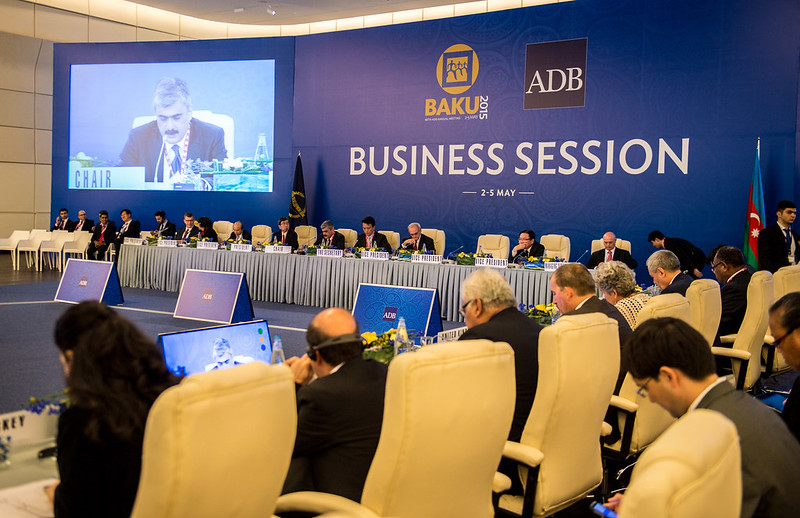The following tips have been developed based on my observations over the last two decades. Corporate training in government institutions both federal and provincial, online and face to face tutoring with professionals in varying fields, and of course classroom teaching in several educational institutions have all played a fundamental role in my understanding.

TIP 1: Get the Facts
Your first step is to get the facts from all the individuals involved in the situation. Provide evidence of what actually happened or was said. The evidence can be found in written texts such as emails, text messages or it can verbally stated alone and/or with witnesses. Then ask what, when, and where it happened.
If no evidence is provided in the end, then it is either an opinion or a perception of the situation (which may have some truth) but it cannot be deemed a fact. After gathering all the facts, make sure to write them down and have all individuals involved agree to those facts – this will be the evidence to work on.
TIP 2: Ask Relevant Questions
Once the facts are written down and agreed upon, then ask relevant questions. Asking relevant questions are an effective way of getting to the core issue of the situation and also ensuring that this issue will not occur again – we can say that it is a way of nipping it in the bud.
The following are examples of relevant questions which everyone involved
should answer:
- How did this issue impact you and your co-worker/team?
- How can we take the necessary steps to move forward from this issue?
- Which viable alternatives or options do we have available to us to ensure that this issue won’t happen again?
- Do we have access to specific training and/or counseling that our team can reach out to for extra help?
TIP 3: Be a Compassionate Listener
First and foremost, there is no point in asking relevant questions if you are not actively and passively listening to what is being said. But, how do we know when we are truly listening? Do not jump in before you have listened to everyone’s different points of view. Give everyone involved the necessary time to express themselves. This can be tricky in today’s fast paced times. What may take one employee 2 minutes to explain may take another 20 minutes. Depending on the situation, it is beneficial to give employees the chance to express themselves first privately and then, publically with the rest of the people involved. Why? This will validate the employee who may feel intimated to express him/herself in public. Hence, this shows consideration and employees will appreciate it.
Ask and listen attentively and with compassion. Nod your head, confirm information given, be unassuming, and never show any prejudgment. This can be challenging at times, but it is the most integral part. Furthermore, take notes as you are listening. Ask questions if anything is unclear and never assume to understand something either sounds vague or may be open to misinterpretation. Your perception of reality (as a listener) may not be the same as the speaker’s. We also have to factor in that cultural background, gender, age, and status in the organization all play a role. Ensure that your body language is always respectful to the person speaking (cultural awareness is crucial here). For instance, maintaining eye contact may be a sign of respect for one employee just as it may be suggestive to another. Make sure that you respect your physical space with the speaker. Nodding of the head and confirming what was said affirms that one is listening cross- culturally.
Most of the time, especially when we are preoccupied with multiple tasks we may have a tendency to just half listen because we are either distracted or preoccupied with time and /or meetings, etc…
Finally, close your phone and make sure that there will be no interruptions during this time. Never rush the speaker. If it takes an extra 15 minutes for everyone to speak, so be it. Those 15 minutes will be well invested because you have given everyone involved an equal opportunity for self expression.
TIP 4: Make it Win-Win for Everyone Involved
While this is not always possible, you should try your best to find workable solutions that don’t result in one individual/ team feeling that they have lost while the other(s) has/have won. This requires some flexibility /negotiation around what would constitute a fair outcome for all those involved. How can we do this? A way to do this is to distribute a win- win Feedback sheet and have the parties involved reflect on how a win- win situation would look like. Ask them to jot down their ideas/solutions and to email/post them. This will make everyone feel included in the outcome. Then, a decision
can be made based on the results of their feedback. They (the team) will have contributed towards the win-win solution. This is not only empowering for the team, but it also sheds light on how the issue can be resolved.
The above tips have proven to be effective in most organizations. Creating an inclusive team wherein employees’ voices matter makes all the difference!
About the Author: Anna Panunto is a part time lecturer of Communication and Cultural Patterns at Mcgill University School of Continuing Studies,
